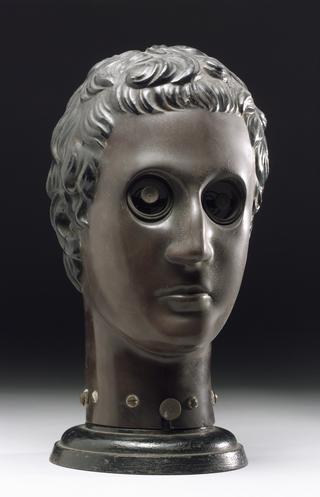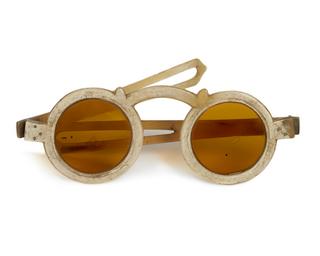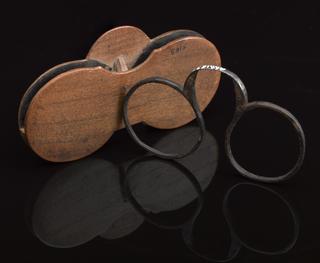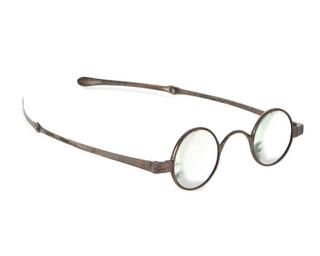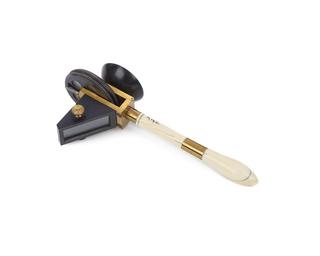
Diorama showing an operation to remove a cataract in eleventh-century Persia, United Kingdom, 1978-1980
- Made:
- 1978-1980 in United Kingdom




Lower Wellcome Gallery diorama showing operation for removal of cataract in 11th century Persia, variety of materials, British made, c. 1979
Set in eleventh-century Persia (modern day Iran), this diorama shows a patient being restrained while a cataract treatment is being carried out. Cataracts are a clouding of the lens in the eye and they have been treated surgically for two thousand years. The structure of the eye was not very well understood at this time and it was thought that the lens was in the middle. By pushing aside or ‘couching’ the lens, cataracts were believed to be cured. We know today that people can still see without the lens of their eye so this operation was sometimes successful.
It was extremely painful for the patient, who would have had very limited pain relief at best – hence the need for physical restraint. At the time this diorama is set, the Islamic world was at the forefront of medical ideas and practice.
Details
- Category:
- Ophthalmology
- Object Number:
- 1986-1524
- Materials:
- plaster and wood, and others
- type:
- diorama
- credit:
- Derek and Patricia Freeborn Limited
